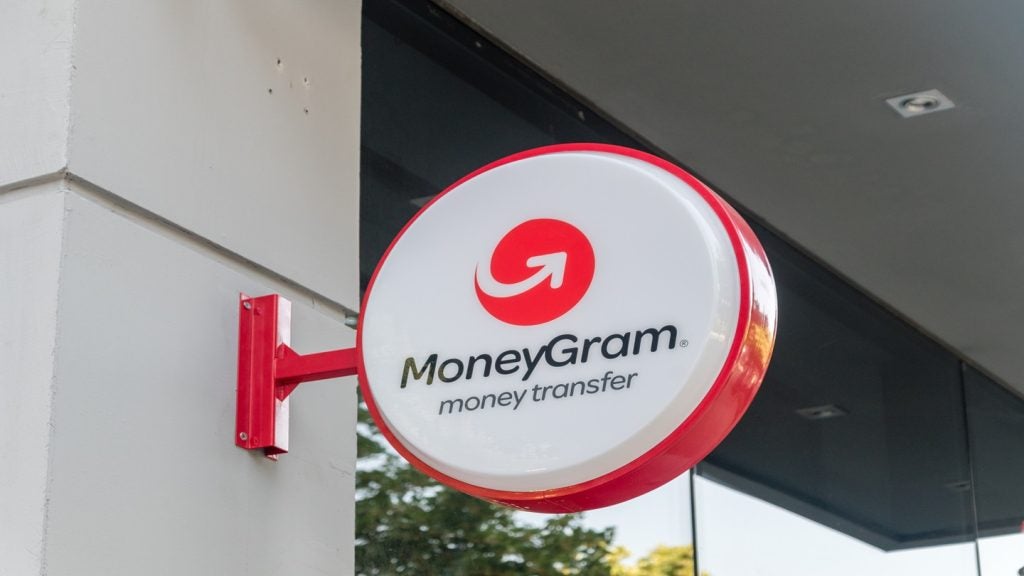Recession is often one of the chief catalysts for innovation.
Often the companies in the best shape following a downturn are the
ones that resisted the temptation to axe spending. While cost
reductions and efficiencies can and should be made, investment and
innovation must not stop, writes Carol Cowan, vice
president, Fiserv
We are in the midst of an economic,
regulatory, technological and social transformation across the
globe. These dynamic trends signal a bright future for financial
service providers that can adapt and begin to think
differently.
The consumerisation of IT and the digital
revolution enabled by anywhere, anytime connectivity have opened
the door to a new way of experiencing the world – and banking is no
exception. Technology plays a key role in delivering financial
services and creating the positive customer experiences needed to
build consumer loyalty and trust.
However, new technology is not just about
making operations faster and more efficient. Technology helps
bankers strengthen relationships with customers, deliver relevant
products in new and innovative ways, and access additional markets.
Successful financial institutions are using the following
principles to guide strategic technology investment and usage:
Choose the right technology to deliver
on institutional goals
In order to be most effective, a bank must
strategically align its business goals and technology use. Target
market, growth plan, product development and other factors must be
taken into account, and the technology must support and help drive
the bank.
Take, for example, the transformations that
took place at Panin Bank and American Savings Bank:
In 2008, Panin Bank based in Jakarta,
Indonesia, developed a comprehensive, long term business strategy
to advance their growth and acquire a larger market share. In order
to execute on this strategy, Panin Bank developed an IT strategy
that aligned with its business goals.
Within Indonesia, Panin Bank is focused on the
middle to upper income segments of the market – mainly business
owners and entrepreneurs. Panin Bank understood that retaining
these customers and staving off competition required world class
customer service, backed by an efficient, integrated core banking
platform that made banking as convenient as possible.
By upgrading its core banking and teller
system to the latest version of the Signature bank platform from
Fiserv, along with implementing its eBanking platform, Panin Bank
has stayed ahead of the curve. It is now the seventh largest bank
by assets in Indonesia, the fifth largest mortgage provider and
boasts over 1m customers.
In another example of business strategy
driving bank technology investment, American Savings Bank based in
Honolulu, Hawaii, embarked on a multi-year performance improvement
plan to reduce expenses, increase net interest margin and increase
return on assets. As part of the plan, American Savings Bank
restructured its banking delivery platform by implementing 28
solutions from Fiserv.
Since completing the technology implementation
in May 2010, the bank has reduced its service bureau expenses by
approximately $0.5m per month. In addition, as a result of the
performance improvement plan, American has cut $34m in non-interest
expense and improved its efficiency ratio from 63% to almost 57%.
American’s performance metrics are now on par with the top
performing banks in its size range in the United States.
Maximise the use of new channels and
devices
In recent years, the number of banking
channels has increased significantly. Internet and mobile banking
continue to grow rapidly worldwide and expanded use of tablets and
social media are adding increased significance to a multi-channel
banking strategy.
The Australia and New Zealand Banking Group
(ANZ), a leading bank across the Asia Pacific region, acknowledged
the impact of increased mobile usage on financial services – and
also understood that within its markets, customers’ needs would not
be uniform. In the developed markets of Australia and New Zealand,
where smart phone penetration is high, ANZ launched ANZ goMoney, a
robust mobile banking service that became the number one financial
application in the Apple iTunes Stores within hours of its
launch.
In Taiwan, where the card market is
particularly competitive, ANZ used the mobile channel to target
consumers with timely card-related promotions and retail
offers.
ANZ was able to effectively utilise the
mobile channel by leveraging technology and devices that are most
prominent within each geographic region. This enabled the bank to
deliver on market-specific goals across the Asia Pacific region by
taking advantage of the attributes of the mobile channel to deliver
services that meet the unique needs of customers in each of the
markets it serves.
Identify the opportunity and stay
ahead of the curve with innovation and technology
It takes an element of bravery to be the first
to implement change—whether adopting new technology or modifying
long-standing processes—but as with the previously mentioned banks,
the rewards can be substantial. To ensure the risk is worth taking,
banks must always be assessing and seeking to understand their
market, customers and desired outcomes.
Look at Umpqua Bank as an example. This bank
and its leaders saw opportunity to fill a unique space in their
market and implemented technology to achieve business success.
Serving communities in the Northwest United
States, Umpqua Bank is a business built around small, close-knit
communities. Umpqua Bank’s leadership recognized that its customer
base was one in which loyalty, commitment and community involvement
were respected.
The bank developed an innovative branch
strategy – creating bank stores instead of branches – to
differentiate the company and brand from its competition, and this
strategy continued to evolve with every new store. The first “next
generation” store concept was introduced in 2003, followed by the
Innovation Lab in 2008 and the neighborhood store concept in
2010.
In a neighborhood store, Umpqua places a
greater emphasis on retail operations and atmosphere than traditional bank branches and creates an intimate
banking experience that incorporates state-of-the-art technology.
One feature, the “Discover Wall,” is an interactive touch screen
that showcases financial tools and product information.
The wall also features real-time information
about how Umpqua Bank is giving back to the community, while local
businesses are featured in another area of the bank. A digital café
area within the neighborhood store is reserved for using the
Internet, including online banking. Finally, one of the most talked
about features is a phone that serves as a hotline to Umpqua Bank’s
president.
Umpqua’s commitment to brick and mortar
operations may seem to be flying in the face of the market, but the
strategy has proven very successful. The bank has grown to 186
stores and $11bn in assets since 1994. This phenomenal growth is
due in part to Umpqua’s culture of service and delivering a unique
experience for every customer, whether online or in-store.
These financial institutions and the others
described in this publication have achieved success in recent
years. Other financial institutions can define their own blueprints
for success by matching technology with business goals.







